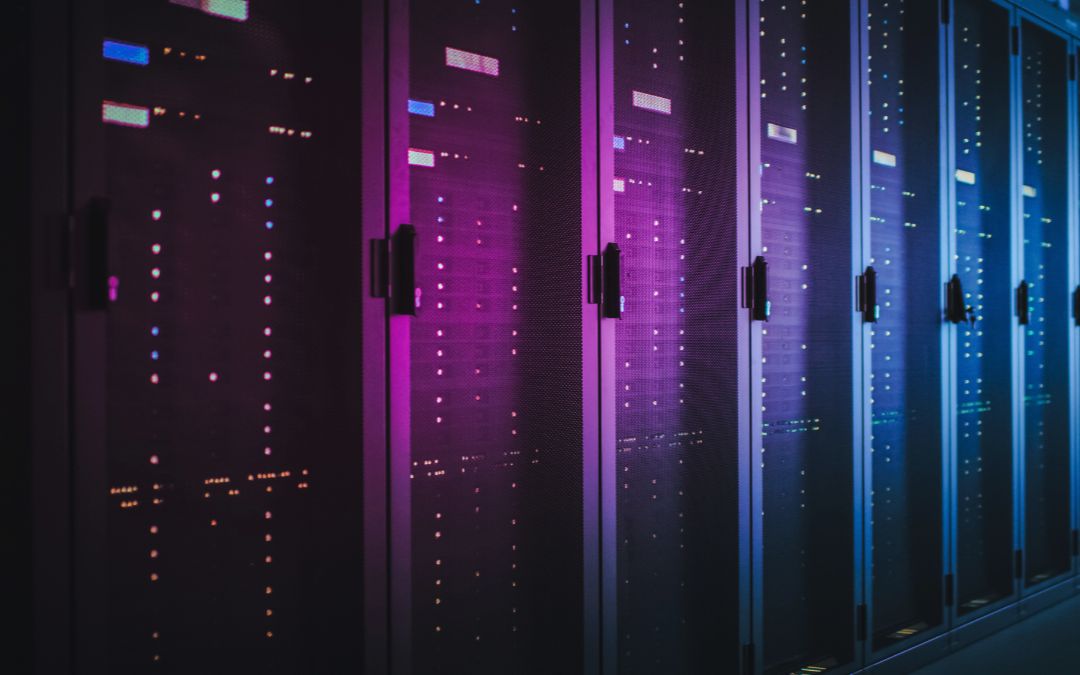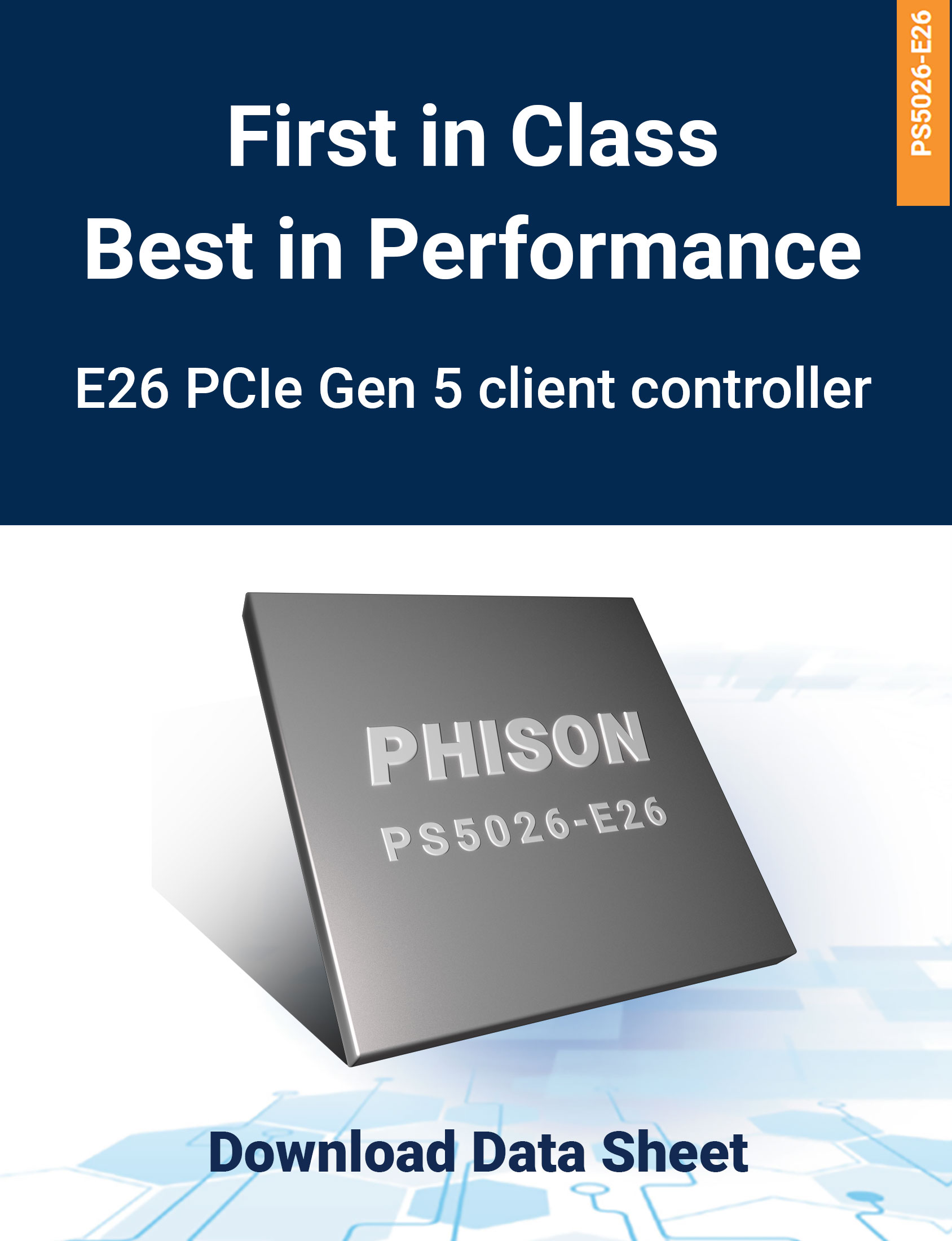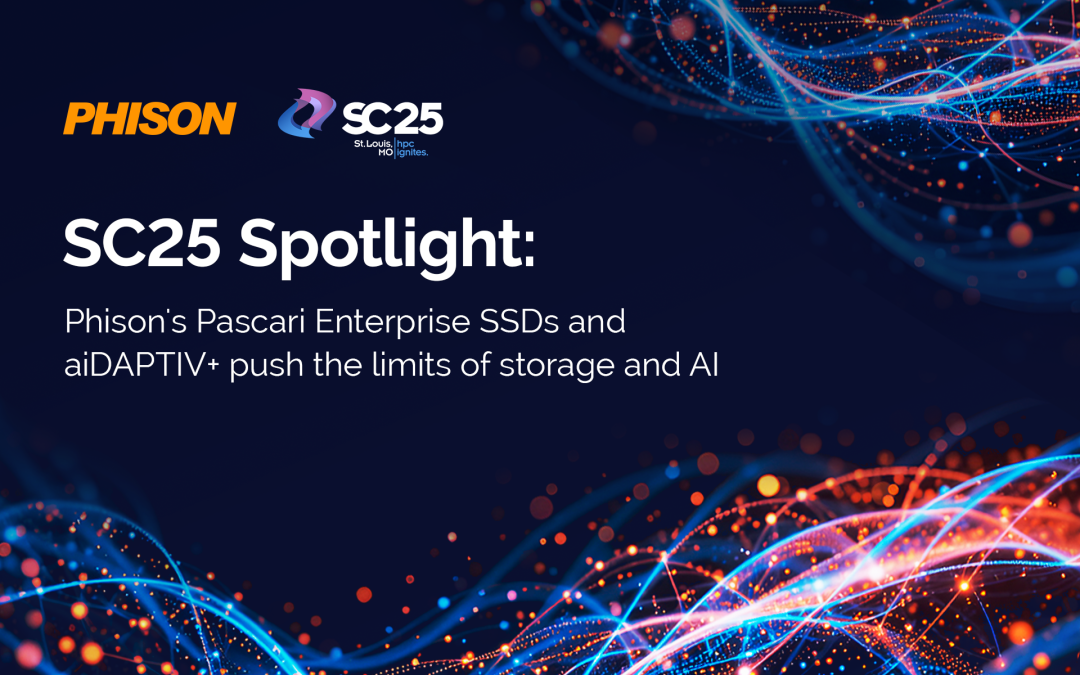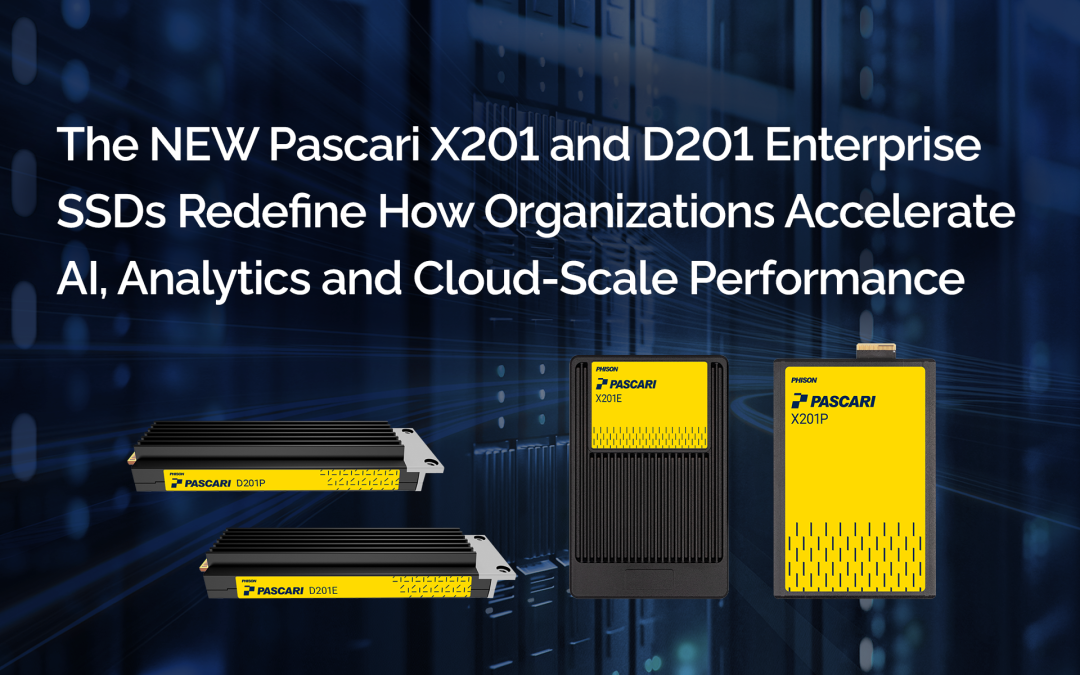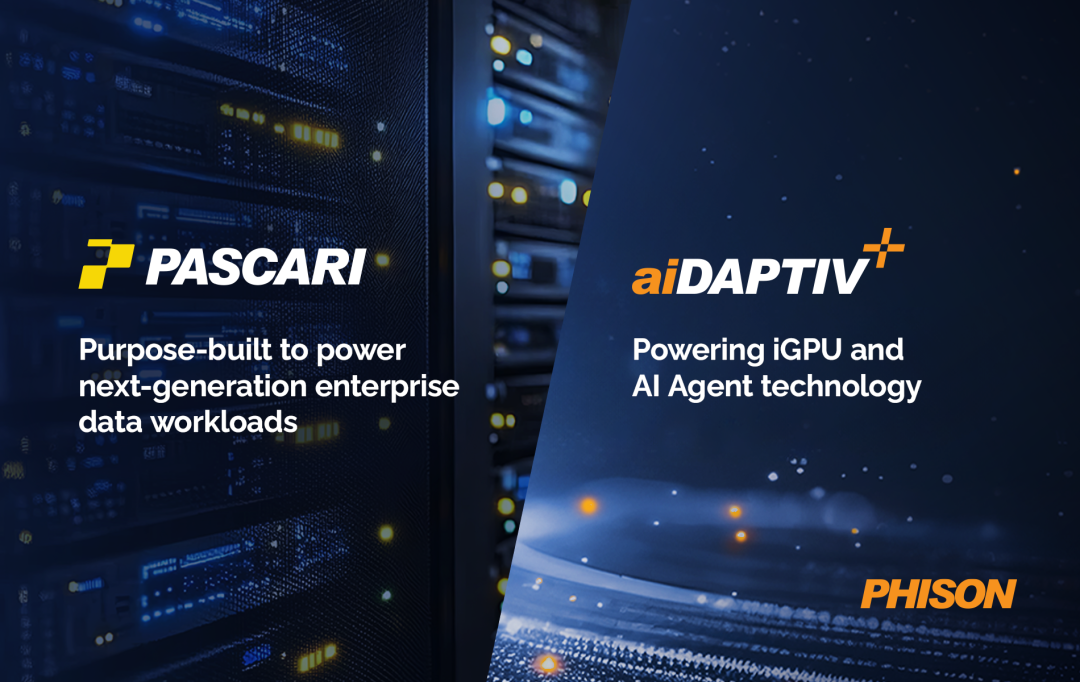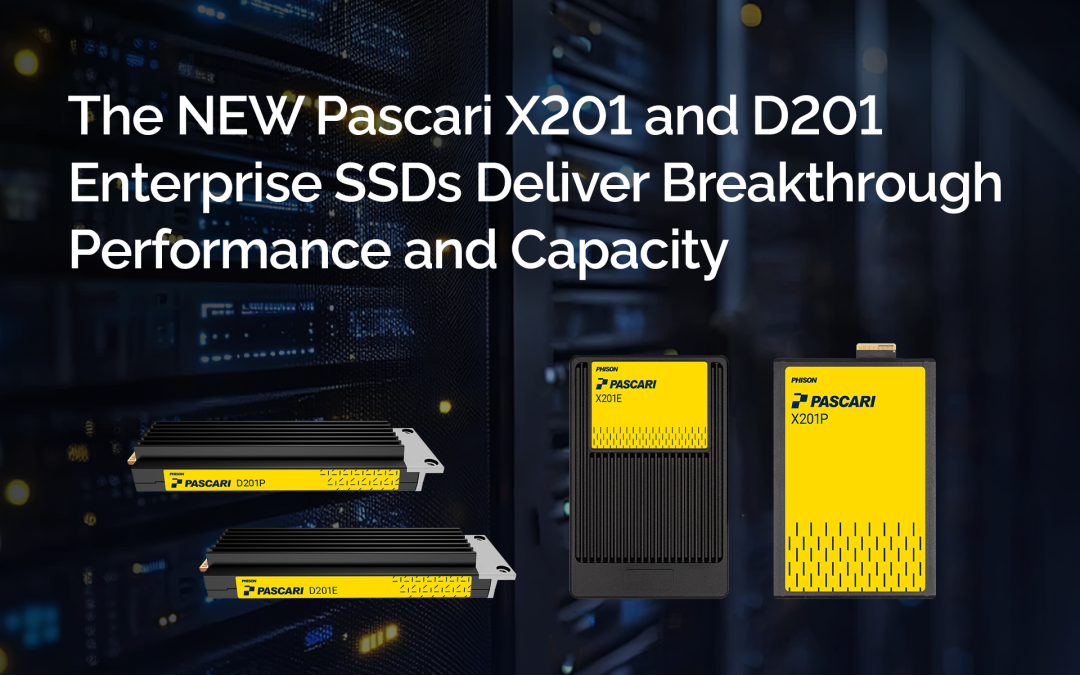As data volumes increase and technologies such as big data analytics, AI and machine learning proliferate across industries, enterprises are increasingly turning to solid state drives (SSDs) for fast, high-performance data storage. While hard disk drives (HDDs) have been the enterprise storage standard for decades, they simply don’t offer the performance and speed many modern applications required . A research report from IDC and Lumen recently found that 90% of business leaders require a latency of 10 ms or less for their applications to be successful and 75% require a latency of 5 ms or less for applications on the edge.
Over the last decade or so, organizations have begun to deploy SSDs for their performance benefits—but started out deploying them sparingly due to the higher cost of SSDs over HDDs. Even today, while SSD prices have come down significantly, enterprise SSDs can still cost 8 to 10 times more than HDDs.
Despite the higher initial cost, however, organizations are gradually using more SSDs in the data center than ever. In fact, the global data center SSD market size had a value of USD 36.5 billion in 2022 and is expected to reach USD 128 billion by 2031, which represents a compound annual growth rate of 14.96%.
The use of SSDs in the enterprise is increasing for a variety of reasons—and one of those reasons is that SSDs can actually have a lower total cost of ownership (TCO) than HDDs. While the SSD market tends to fluctuate, prices will likely continue to gradually decrease over time, similar to most technologies. But because they are much more expensive to purchase than HDDs today, let’s look at a few factors beyond initial cost that enable SSDs to achieve a lower TCO in the data center.
Three primary factors in reducing data center costs with SSDs
SSDs provide higher capacity in more efficient packages
Compared to HDDs that deliver mid-range performance, SSDs can offer more storage capacity and a higher per-node capacity. While some high-end HDDs are just now able to reach 30 TB, it’s taken quite a long time to reach that density. In the meantime, Phison is able to offer a 32 TB SSD today and has plans to release a 128 TB version in the next year or so. Ultra-high density SSDs use 3D NAND flash to achieve ever-increasing capacities.
In addition to offering higher capacities than HDDs, SSDs also come in a range of sizes designed for space efficiency in enterprise servers. Instead of the commonly used U.2, M.2, and 2.5” SSDs, the official Enterprise and Data Center Standard Form Factor (EDSFF) SSDs were developed to maximize the capacity per drive and per rack unit in a 1U server or storage array.
With more capacity per node and higher-density drives, SSDs allow organizations to create smaller cluster sizes with less complexity and reduce the number of systems needed to achieve their goals. To illustrate, Phison CTO Sebastien Jean said in a recent blog article, “The capacity of flash drives has exponentially increased … enabling IT users to fit as much 1 PB of data performance on a single shelf compared to what used to take an entire refrigerator-sized rack of HDDs.”
The need for fewer servers to achieve higher performance translates directly to cost savings. Organizations don’t need as much data center space, which means less physical hardware for IT to manage and maintain and less electricity for power and cooling.
SSDs consume less power and produce less heat
If an organization uses SSDs to get the high performance it needs in a smaller physical footprint, that naturally leads to cost savings because having fewer servers requires less electricity.
SSDs also help save money on cooling costs. HDDs are prone to overheating because they contain a spinning disk and moving parts that generate heat when operating. Because SSDs have no moving parts, they generate much less heat. That means IT doesn’t need nearly the amount of cooling required by HDDs. Large data centers can contain thousands of servers—that’s a lot of space to cool down and costs can add up quickly. An article in Forbes recently estimated that SSDs use 70% less power than HDDs in data centers.
Another way SSDs helps cut power consumption is by having a more efficient idle state than HDDs. When a server isn’t actively retrieving or recording information, the HDD spins down to conserve energy, or stops moving by turning off the motor that makes the drive platters spin. When the server needs to retrieve data again, the motor has to start up and the platter needs to begin spinning—and that can take a few seconds. That might not seem excessive at first glance, but it is incredibly slow to a computer system that deals in thousandths or even millionths of a second. SSDs go idle when they’re not working and this state requires just a tenth of the power it needs while in operation. Plus, there’s no lag time for it to spring back into action when it’s needed. So overall, idle SSDs consume less power than HDDs and need less power to get working again. Multiply those savings with the number of servers in a data center and, again, it can be significant.
SSDs deliver much higher performance
While performance might not have as direct a correlation to cost savings as the factors described above, the effects of high-performance SSDs can indeed lead to lower data center costs. SSDs help organizations work more efficiently. The servers can complete tasks faster than HDDs, so processing times are shorter and require less power overall.
The high performance of SSDs also allows organizations to process intensive read and write workloads with fewer servers. That saves on hardware costs and reduces the paid employee hours required to manage them. The data center is overall more efficient with lower operating costs.
It all adds up to lower TCO
In addition to the three primary factors mentioned above, there are some additional less obvious considerations when it comes to saving on data center costs with SSDs. They include:
Reduced cost of software licenses – because SSDs allow organizations to do the same amount of work with fewer servers and nodes, they require fewer licenses. In large organizations, these savings can be significant.
Improved reliability – Because SSDs don’t have moving parts, they aren’t subject to continuous vibration like HDDs are. Vibration can lead to malfunctions over time and also require ultra-sturdy shelving and housing that SSDs don’t need.
The lower power consumption of SSDs can reduce costs by eliminating the need to build a new energy-efficient data center. Many organizations are driven by sustainability initiatives to build new data centers or replace equipment, and using energy-efficient SSDs instead of HDDs could alleviate some of those needs.
So how can SSDs, which cost significantly more than HDDs, actually lead to data center cost savings? It all has to do with TCO. SSDs are more expensive in terms of capital expenses (CapEx), but are vastly less expensive in operating expenses (OpEx). Over time, the OpEx savings balances and then eventually surpasses the CapEx and the TCO of using SSDs instead of HDDs is much less expensive over the lifetime of the solution.
Choose Phison SSDs to support modern workloads and reduce costs
As a world leader in NAND flash and SSD data storage, Phison has a range of enterprise-grade storage solutions that can help organizations save on data center costs.
The company’s enterprise offerings include the X1 SSD and controller solution, which represents the industry’s most advanced U.3 PCIe Gen4x4 dual-port drive. Designed in partnership with Seagate, it offers more computing with less energy consumption, providing a cost-effective solution that eliminates performance bottlenecks, significantly improves quality of service (QoS) and delivers the highest levels of data integrity and security for critical business applications. When it comes to low power consumption, the X1 is best-in-class. It can deliver 30% or more data in reads than competitors for the same power used.
With Phison enterprise SSDs delivering the high capacity, energy efficiency and high performance that modern workloads need, organizations can maximize their data center savings without compromising their most critical applications and services.
Frequently Asked Questions (FAQ) :
What is EDSFF and why does it matter for data center efficiency?
Enterprise and Data Center Standard Form Factor (EDSFF) drives are designed for better airflow, capacity scaling, and power efficiency in dense server environments. They help maximize storage per rack unit, lowering infrastructure costs.
In what ways do SSDs reduce the need for more servers?
Higher capacity per drive and better performance enable more data to be processed per node. This allows enterprises to downsize cluster sizes, use fewer nodes, and consolidate servers, reducing capital, power, and space investments.
Can SSDs help reduce software licensing costs?
Yes. By handling more data per server, SSDs reduce the total number of servers needed, and thus fewer software licenses are required, particularly important for organizations with per-core or per-server licensing models.
What makes Phison’s Pascari X1 SSD stand out in enterprise environments?
The Pascari X1 U.3 PCIe Gen4x4 dual-port SSD, co-designed with Seagate, offers superior energy efficiency, QoS, and data integrity. It delivers over 30% more data per watt compared to competitors, optimizing TCO.
What is the projected growth of SSD adoption in data centers?
The market is set to grow from $36.5B in 2022 to $128B by 2031, driven by demand for high-speed storage, efficient infrastructure, and support for AI/ML workloads. This trend shows strong long-term ROI potential for SSD investments.
